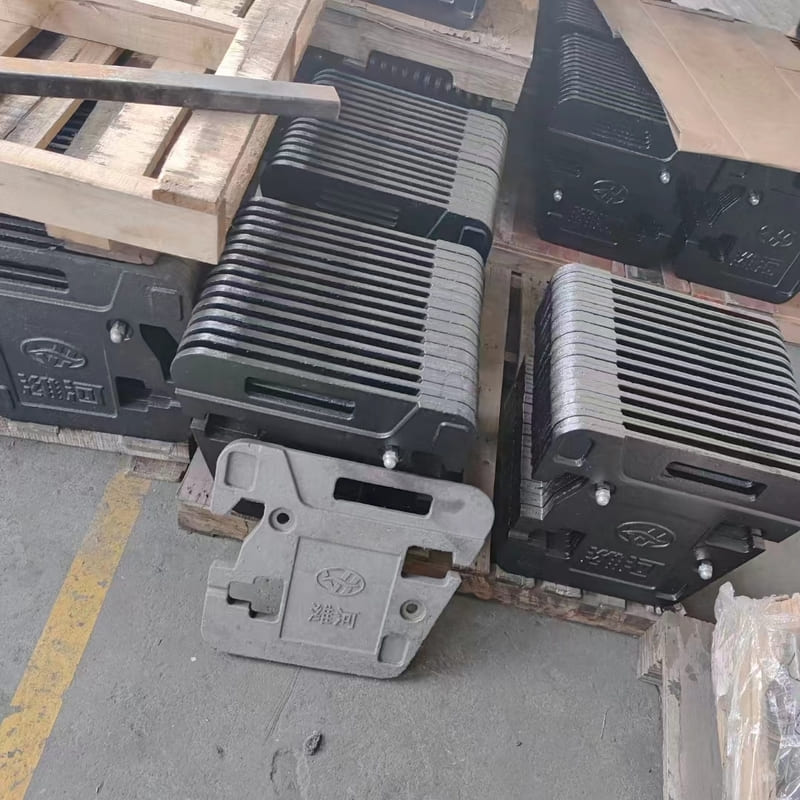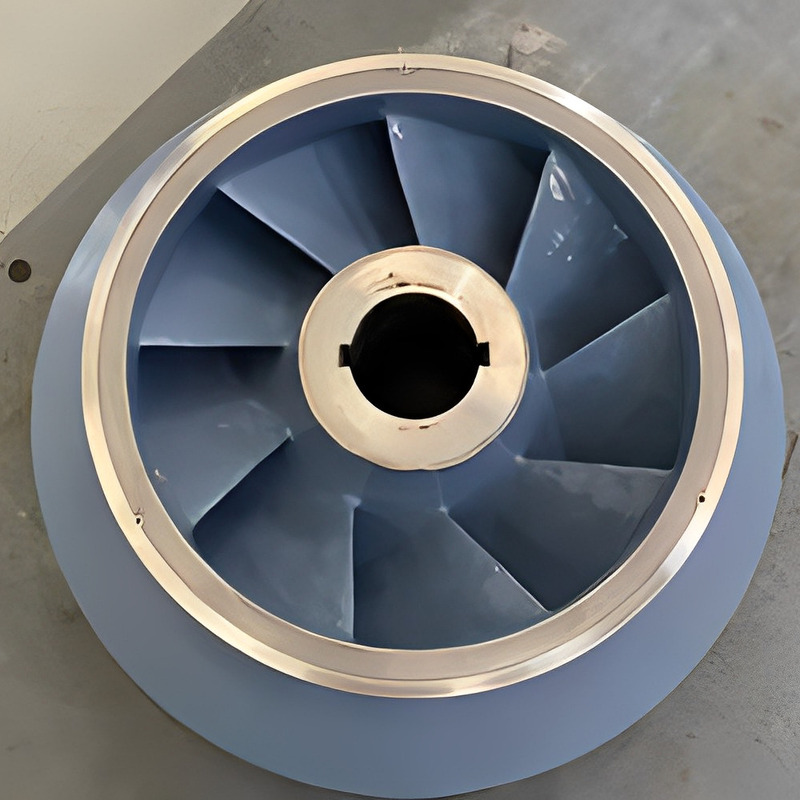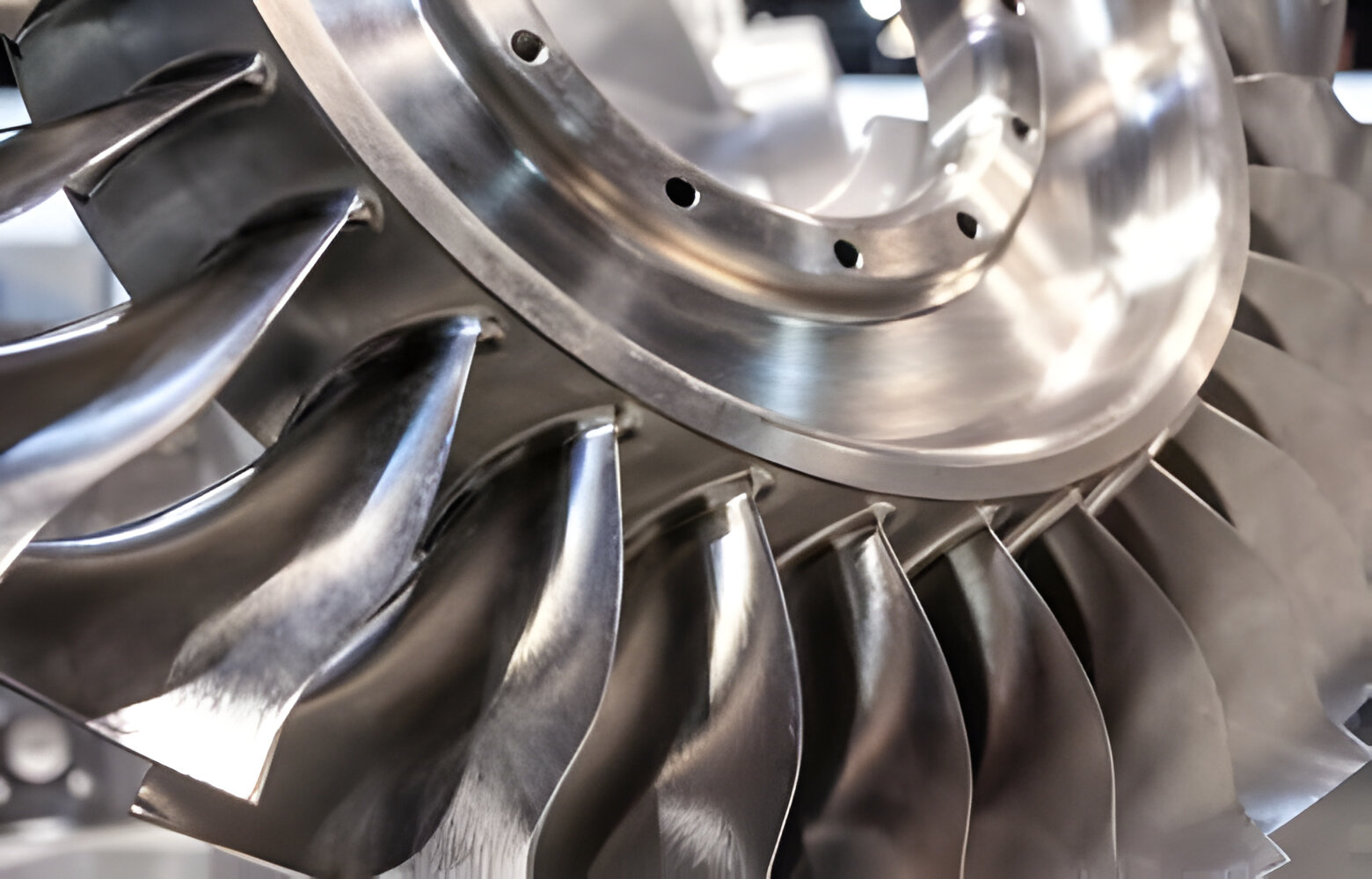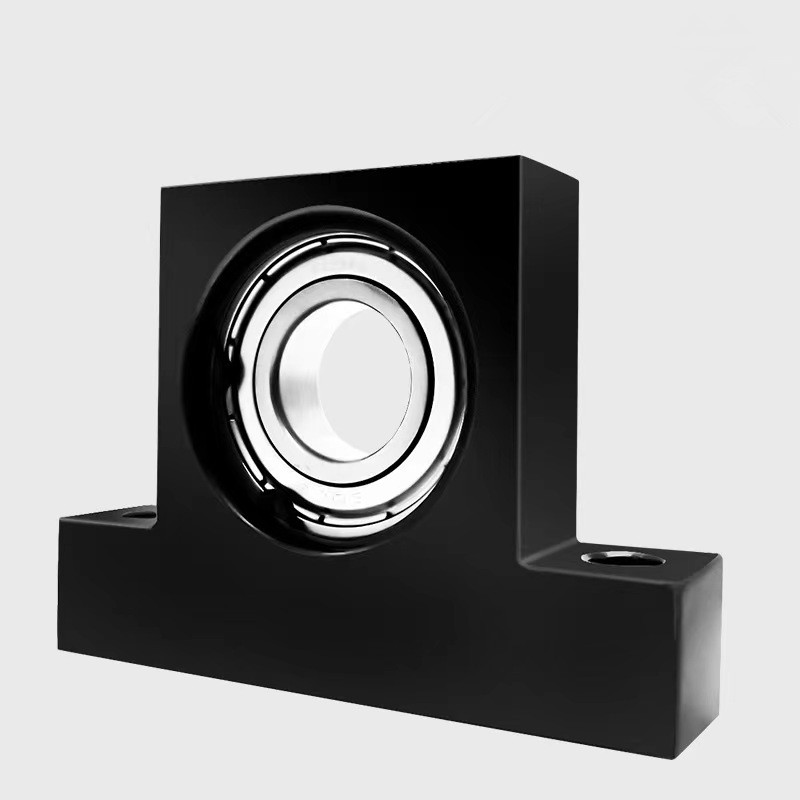Elevators are ubiquitous in modern buildings, seamlessly ferrying passengers between floors with ease. Yet, the smooth operation of these marvels of vertical transportation relies on a simple yet crucial component: the counterweight. In this article, we delve into the functionality of counterweights in elevators, their significance in maintaining equilibrium, and how they contribute to elevators' efficiency and safety.
1. The Role of Counterweights in Elevators
Counterweights are fundamental to the operation of most elevator systems, serving as the balancing force against the weight of the elevator car and its occupants. Positioned on the opposite end of the elevator shaft, counterweights are connected to the elevator car via cables that pass over pulleys. This configuration allows the counterweight to counterbalance the load of the car, reducing the strain on the elevator motor and facilitating smoother vertical movement.
2. Efficiency Boost with Counterbalance Elevators
Counterweight elevators, also referred to as counterbalance elevators, are prevalent in modern buildings due to their efficiency and energy-saving benefits. These elevators employ counterweights that are equal to or exceed the weight of the elevator car, ensuring that the motor doesn't have to work against the full load. As a result, counterbalance elevators consume less energy, leading to reduced operating costs and a smaller environmental footprint. Additionally, the balanced distribution of weight contributes to smoother rides and enhanced passenger comfort.
3. Precision in Counterweight Design
The design of elevator counterweights requires meticulous calculation to achieve optimal performance. Elevator engineers consider various factors, including the maximum capacity of the elevator, the weight of the car itself, and the typical passenger load. By determining the appropriate counterweight weight and distribution, manufacturers can ensure that the elevator operates efficiently and safely under all conditions. This precision in counterweight design is essential for maintaining equilibrium and preventing issues such as uneven leveling or sudden stops.
4. Elevator Safety and Counterweights
Beyond enhancing efficiency, counterweights play a crucial role in ensuring elevator safety. By maintaining proper balance, counterweights help prevent the elevator from becoming imbalanced, which could lead to malfunctions or accidents. Moreover, modern elevator systems are equipped with advanced safety features, including emergency brakes and overspeed governors, further enhancing passenger safety during operation. The presence of counterweights is integral to the overall safety and reliability of elevator systems, providing peace of mind to building occupants.
5. Elevator Counterweights: Quality Products for Reliable Performance
For businesses or individuals seeking high-quality elevator components, KT-Foundry offers a range of counterweights tailored to meet the unique requirements of different elevator systems. Our counterweights undergo rigorous testing and quality assurance measures to ensure reliable performance and long-term durability. Whether you're upgrading an existing elevator or installing a new system, our expert team can assist you in selecting the right counterweights for your needs. Contact us today through our website to learn more and explore our comprehensive range of elevator components.
In conclusion, counterweights are indispensable components of elevator systems, contributing to efficiency, safety, and reliability. By balancing the weight of the car, counterweights facilitate smooth vertical transportation while minimizing energy consumption and reducing the risk of malfunctions. For businesses or individuals looking for reliable elevator components, KT-Foundry offers top-quality counterweights backed by industry expertise and exceptional customer service.






